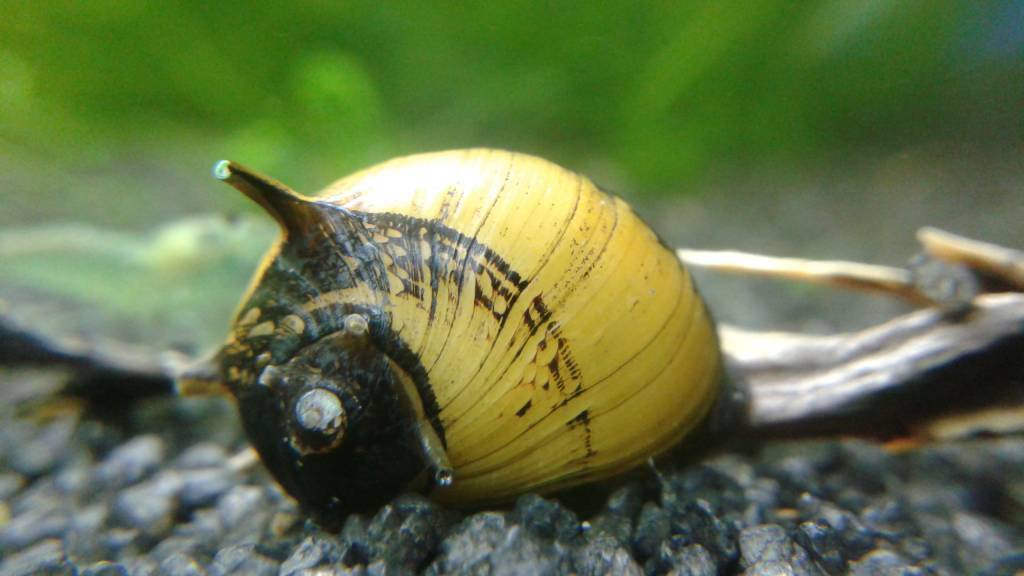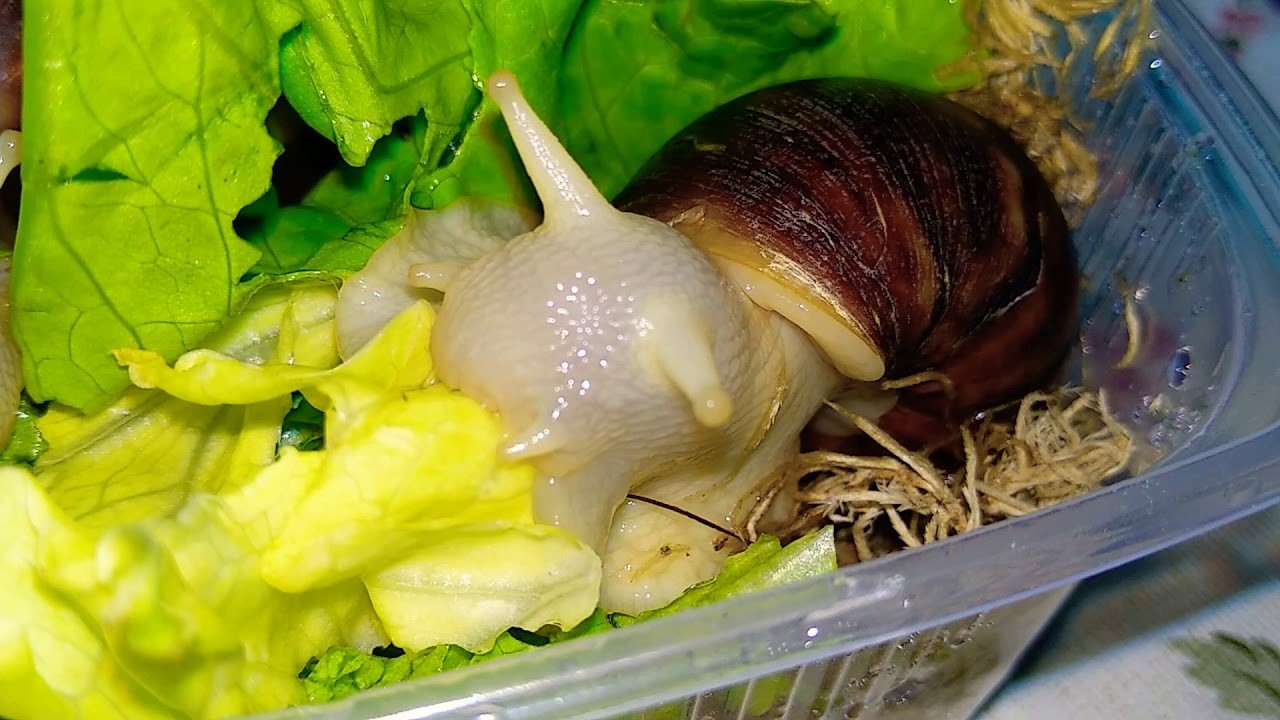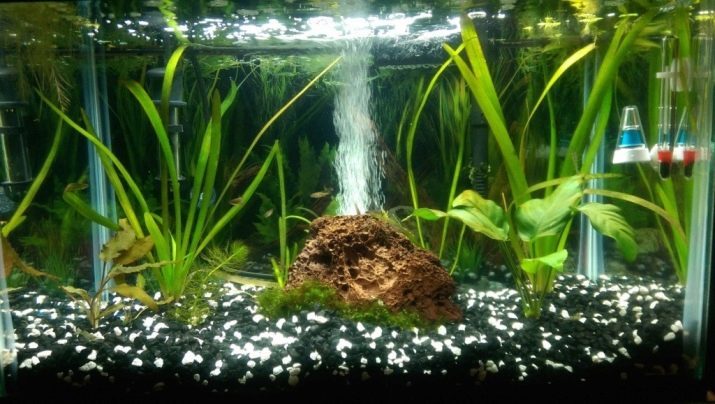Aquarium hobbyists often seek unique and intriguing creatures to add to their tanks, and black mystery snails are a popular choice due to their striking appearance and beneficial role in the tank ecosystem. This guide will delve into the care requirements of black mystery snails, explore their compatibility with other species, and provide insights into the management of bladder snails, a common issue in many aquariums.
Understanding Black Mystery Snails
The Basics of Black Mystery Snail Care
Black mystery snails (Pomacea bridgesii) are renowned for their beautiful, glossy black shells and peaceful nature. These freshwater snails are easy to care for, making them suitable for both novice and experienced aquarists. They thrive in a wide range of water conditions but prefer a pH between 7.0 and 7.5 and temperatures from 68 to 84 degrees Fahrenheit. Regular water changes and a tank free of sharp objects are crucial to keep these snails healthy, as they are prone to damage their delicate bodies on jagged surfaces.
Breeding and Lifecycle
One of the fascinating aspects of black mystery snails is their breeding process. Unlike many other snails, they lay their eggs above the water line, which means they require a space in the tank where they can emerge to deposit their eggs safely. The eggs look like small, pinkish clusters and hatch into tiny snails after about two to four weeks. Managing their population is essential, as overbreeding can lead to overcrowding.
Managing Bladder Snails in Your Aquarium

Identifying and Controlling Bladder Snail Populations
Bladder snails (Physella acuta) can be both a nuisance and a blessing in aquariums. They often enter tanks inadvertently through live plants or on decorations. These snails reproduce quickly and can overrun a tank if not controlled. Regular monitoring and manual removal of excess snails can help maintain balance in your aquarium.
Benefits and Drawbacks of Bladder Snails
Despite their invasive nature, bladder snails are excellent cleaners. They feed on detritus, uneaten food, and decomposing plant matter, thus helping keep the tank clean. However, their tendency to feed on healthy plants and their rapid reproduction rate can lead to significant issues, making it vital to keep their numbers in check.
Comparative Overview: Black Mystery Snails vs. Bladder Snails

Physical and Behavioral Differences
Black mystery snails are larger and more visually appealing than bladder snails, which are smaller and less conspicuous. The care requirements for black mystery snails are somewhat more specific, with a greater emphasis on water quality and diet, whereas bladder snails are less demanding but can be more problematic due to their reproductive habits.
Tank Compatibility and Coexistence
When keeping black mystery snails and bladder snails together, it’s important to ensure that the tank conditions meet the needs of both species without promoting excessive bladder snail reproduction. Introducing predatory species that feed on bladder snails can be an effective method to control their population while not harming the black mystery snails.
Essential Tips for Snail Health in Aquariums

Diet and Nutrition
Feeding your snails a balanced diet is crucial for their health. Black mystery snails will benefit from a diet of algae wafers, blanched vegetables, and specific pellets designed for snails. Bladder snails are less picky and will generally consume any algae or food remnants in the tank.
Common Health Issues and Prevention
Both types of snails can suffer from shell deterioration if the water quality is poor or if there is a lack of calcium. Adding crushed coral or cuttlebone to the aquarium can help provide the necessary calcium to maintain strong and healthy shells.
Conclusion
Caring for black mystery snails can add a layer of beauty and functionality to your aquarium. By understanding their specific needs and managing bladder snail populations effectively, you can ensure a healthy and vibrant tank environment. Remember, the key to successful snail keeping lies in maintaining excellent water quality, providing a balanced diet, and monitoring the tank regularly to prevent overpopulation.

